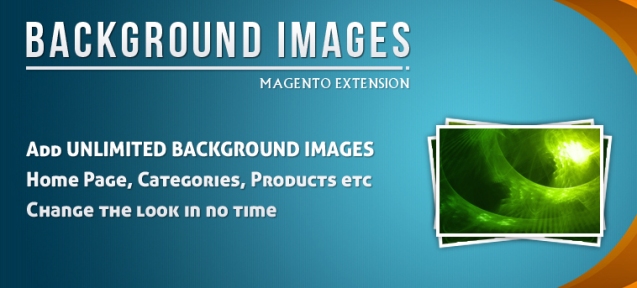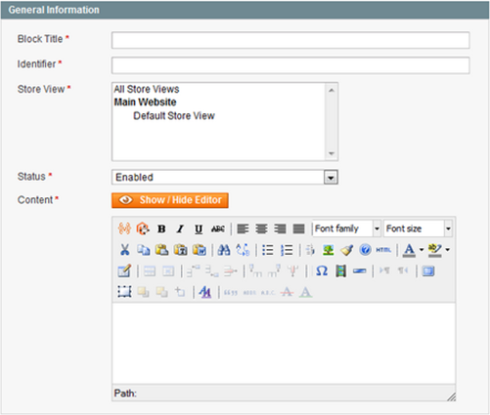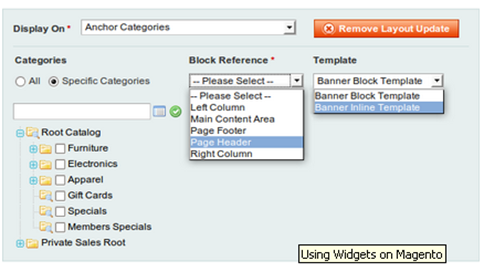 As a user you might see some sites which might look appealing to site administrators or owners but not to you. Designing a site should hold consumer friendly features instead of owner oriented. There are two main goals of any eCommerce site.
As a user you might see some sites which might look appealing to site administrators or owners but not to you. Designing a site should hold consumer friendly features instead of owner oriented. There are two main goals of any eCommerce site.
1) Grab potential clients:
Surfing internet and enjoying in this way is now a hobby of many people. Especially if somebody is looking for online shopping, he would search many sites to select a best one based on many metrics such as better look, better information, better features, best tools and excellent customer services etc. In this huge eCommerce market it’s important to at least incorporate those features which can attract these site walkers.
2) Retaining Existing customers:
Since these are the customers who already are inspired by your services, retaining them could be a challenge because they would expect more enhanced services frequently.
Let us see now what elements are important to fulfill above targets,
1) Site Load speed
This is probably the first and the foremost element that can send your potential customers away in seconds. Most of people today have now access to high speed internet but still in many areas there exist slower internet connections. You can use tools such as Google Analytics to analyze from where your customers are coming. If most of your customers are using slower speed channels you would need to work hard on speeding up things by keeping your site simple. You would not want to add flash contents, excessive code etc.
2) Accessibility:
Your site should incorporate features which should allow customers to easily browse and access your site such as by using alt tags, valid HTML and CSS coding and incorporating user friendly tools such as Previous Next Magento Extension which allows customers to quickly navigate to products while staying on the same page.
3) Navigation:
This is one of the most important elements of your site success. Once visitors arrive at your site, they would hunt for products they are looking for. If you have buried deep down somewhere these products, it would repel customers away. You should provide clear and easy navigation such as Layered Navigation, Ajax add to cart, and as we mentioned above Magento Previous Next Extension. There are many more tools to be utilized.
4) Proper and related information:
People might come to your site for number of reasons such as to find good news at your site, visit blogs, or looking for products. Those who are looking for products would be eager to see detailed product information that is easily accessible and product images to see how the product looks like actually. Again there are several Magento Free & Paid Plugins available in the market to help you implement these options.
Keeping your site up-to-date with these options ensures your chances to catch more customers hence increasing your sales and business…..
















